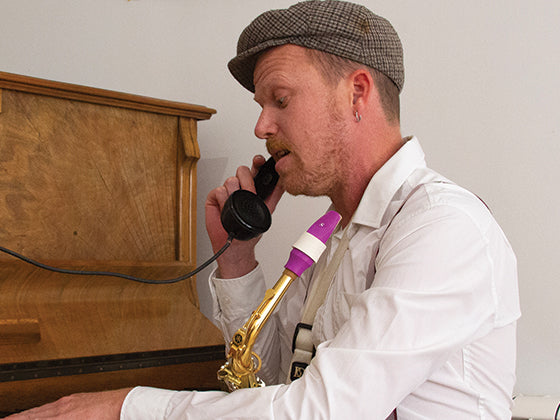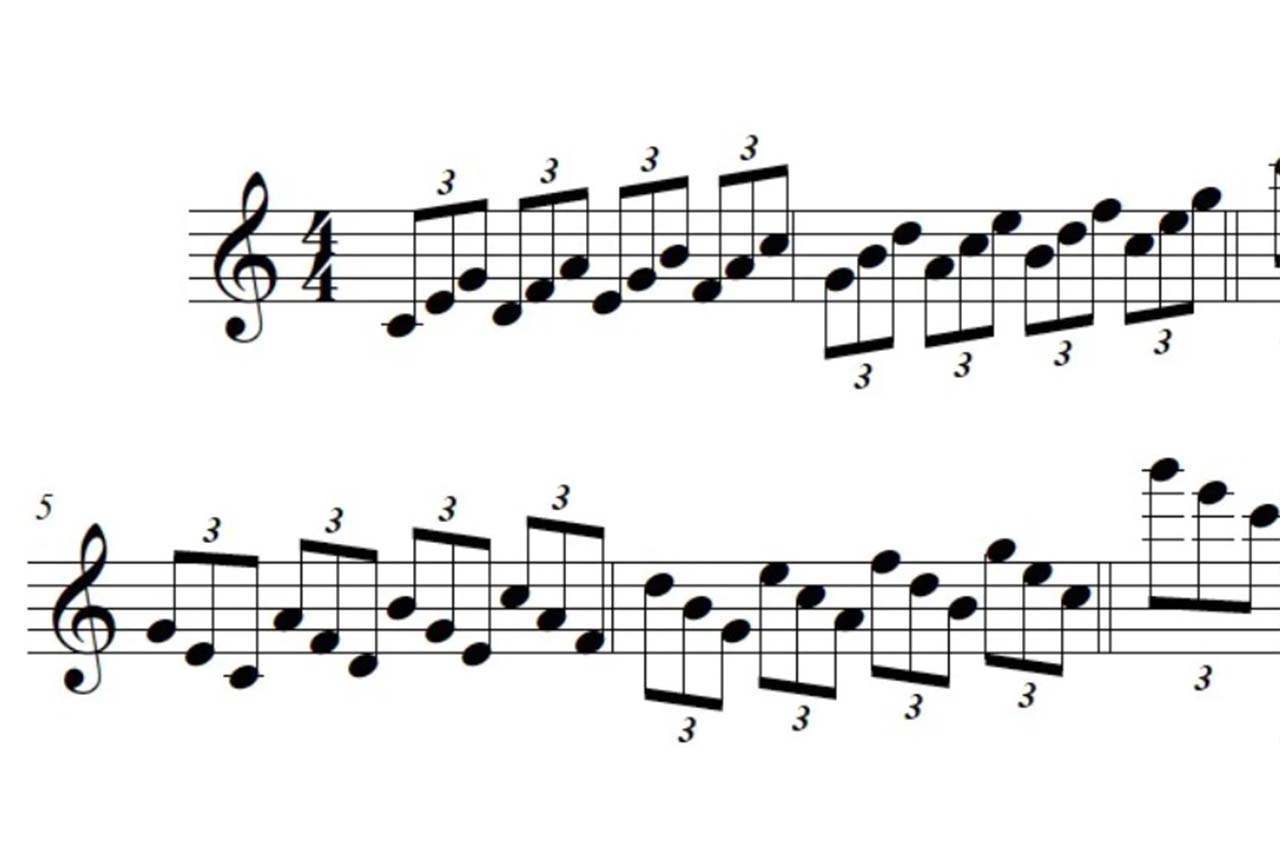This article is the second exercise of the series Practice Your Own Sound. If you didn't read the first exercise on long tones, you probably should because it's important preliminary work: Saxophone sound practice #1: Long tones
Overtones: Why?
Working on overtones will make your tone richer, your sound larger, and is essential to play correctly in the high register and altissimos. It is also important to practice them in order to recognise what is going on in your body, regarding your diaphragm, larynx and palate, and to connect to your saxophone.
Overtones: How?
A basic note such as a low Bb, or any note, is composed of several frequences, or harmonics. This exercise consists of isolating these frequencies, and decomposing the basic note.

Low Bb...
It is very noisy, and at the beginning awful. Your neighbours will love it! If you want to spare them a little, play in your wardrobe (this will dampen the sound a little).
Starting on a low Bb, descrease in volume, letting the sound go, don't try to keep the low Bb. Fortunately, another note will appear, a medium Bb or a medium F. For now, isolate the medium Bb, keep it, increase the volume, play it loud!
After doing this a few times, go back to the low Bb. Of course, all of this has been done using only your diaphragm and throat. Your jaw did not move, neither did your fingers :)
Now, do the same from low Bb to medium F, to high Bb and all the following harmonics. It might take some years before being able to isolate a high harmonic from the low fundamental, so you can do it from an intermediate note. For example, go from the overtone medium Bb to overtone medium F, and so on. Play around, look, skip some harmonics, explore.
You can also play scales with harmonics.
When an harmonic is not coming, first play the note you want with its original fingering and play the low Bb, keeping the same sound. Do it as much as needed, be kind and patient with yourself, some harmonics will require a certain amount of practice before you can master them!
And so on!
Now, do the same exercise from low B, low C, C#, D, D#, E... You can break down all the notes that are being played without using the octave key, the higher the harder!
Tips
-
During this exercise, relax. A tense jaw is your worst enemy.
-
Sing the note you want to reach, if you have it in mind it will come more easily.
-
Use a tuner
-
Modify the pressure of your lips, the opening of your throat, the placement of your tongue in order to find the right frequency.
-
Look up, it helps sometimes.
-
Do it everyday!
And after?
The Practice Your own Sound series is not finished yet, there is still one exercise left! Last but not least: Saxophone sound practice #3: working on 5ths and 8ves
But! If you have no more time to practice sound and want to start on technique, here are some tips to work on your scales : How to work your scales efficiently













